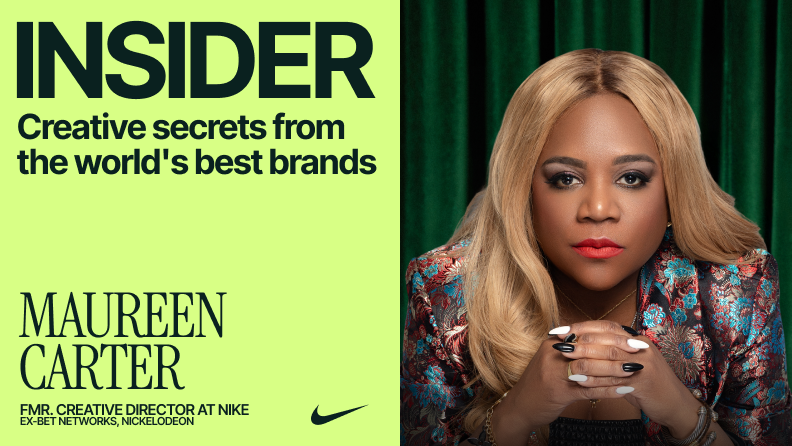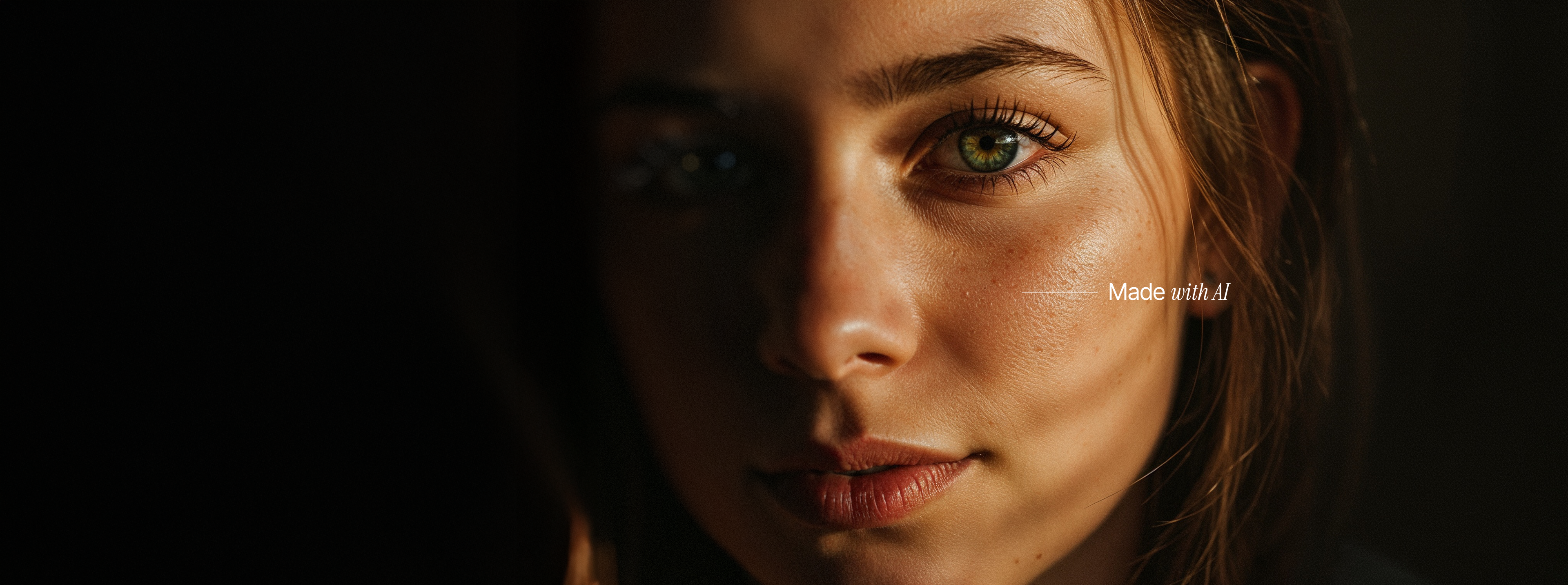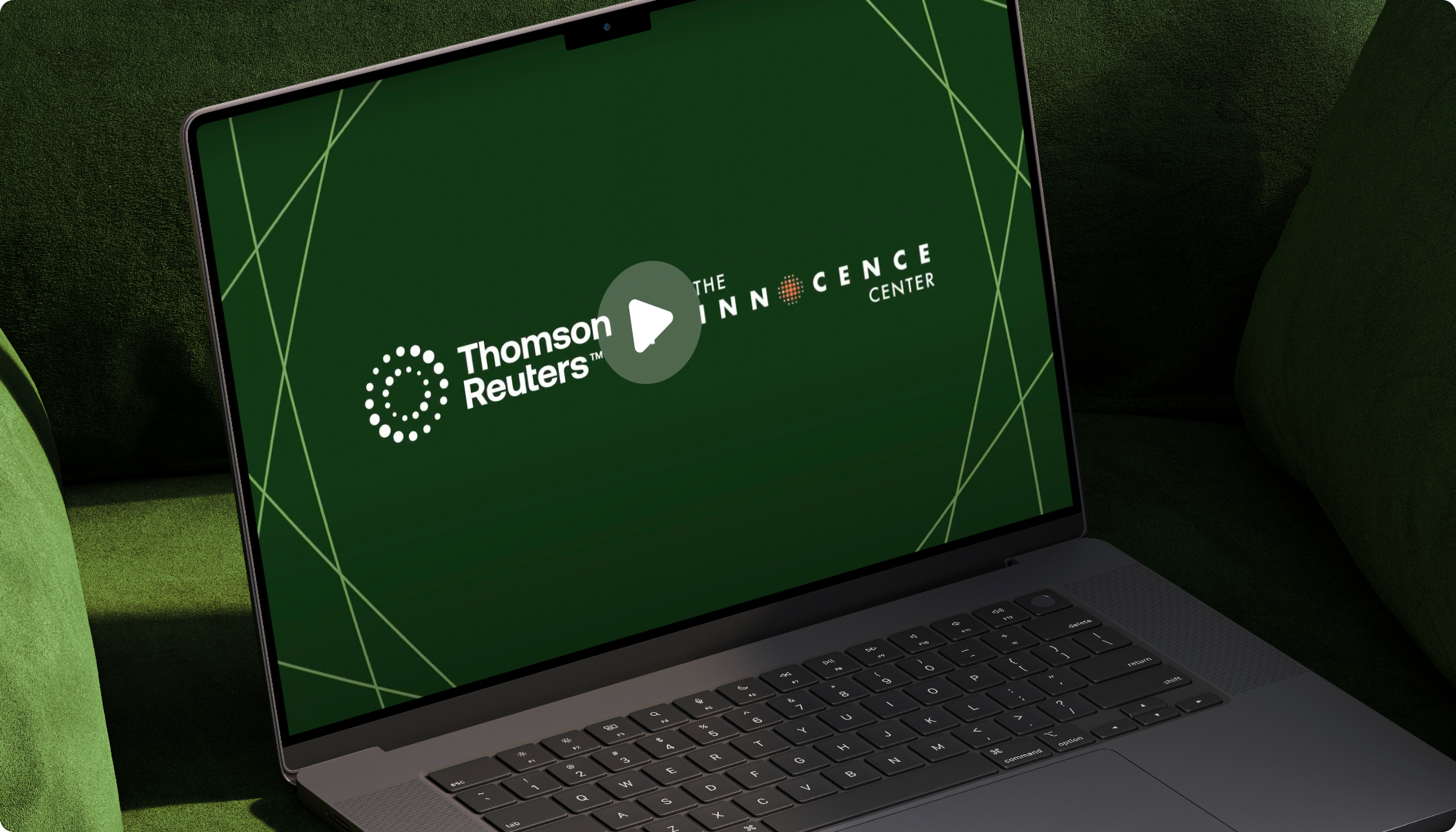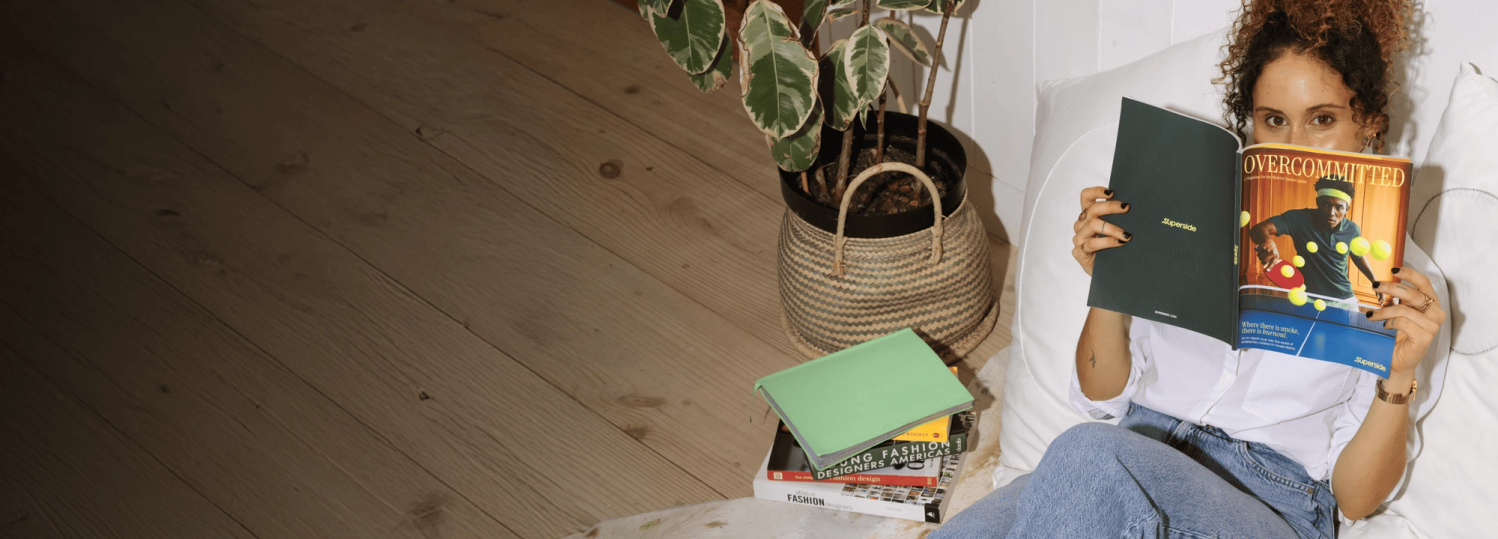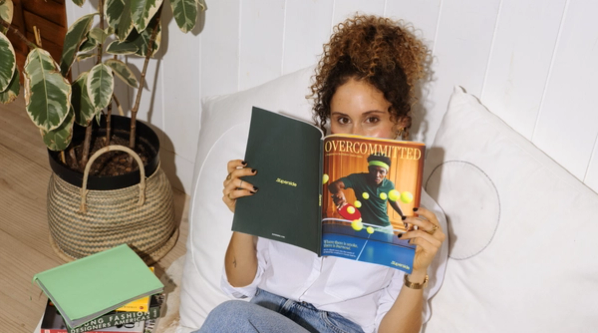Wonder & rigor: Creative frameworks for burnout

Feeling stuck in routine? Dr. Natalie Nixon’s WonderRigor™ framework helps teams balance creativity and execution, escape burnout and reignite inspiration at work.
We’ve all been there—staring at looming deadlines, feeling uninspired and wondering where the energy for big ideas went. Creativity isn’t just about generating fresh ideas—it’s about keeping the spark alive in a fast-moving world.
If you’re feeling stuck in the grind—caught in back-to-back meetings, swamped with admin work or just lacking time for meaningful creative thinking—you’re not alone.
What if we could work differently instead of just working harder?
At the Overcommitted Virtual Summit, Dr. Natalie Nixon introduced the WonderRigor™ Framework, a refreshing approach to balancing imagination and execution. It’s not about piling on more work—it’s about bringing back the energy, excitement and curiosity that make work fulfilling.
If you’re ready to shake up your routine, rediscover creative flow and bring more meaning to your work, this creative framework can help.
The creative status quo: Overcommitted
According to the Overcommitted Report, today’s workforce faces unprecedented levels of burnout. Some eye-opening statistics include:
- 79% of creative professionals say they don’t have enough time for bold, meaningful work.
- 76% report feeling burned out.
We’re so focused on getting things done—hitting deadlines, responding to Slack messages, attending meetings—that we rarely step back to ask: Are we working in the best way possible?
This is exactly what Dr. Nixon’s WonderRigor creative framework addresses.
What is the WonderRigor framework?
Dr. Nixon defines creativity as the ability to toggle between wonder and rigor to solve problems, produce novel value and generate meaning.
Let’s break it down:
Wonder:
Wonder is the fuel for creativity. It’s about curiosity, exploration and asking big questions. It’s that feeling of awe and creative inspiration when you see something new or unexpected.
Wonder is essential because it:
- Sparks new ideas
- Fosters motivation and excitement
- Helps us see problems differently
But here’s the catch—wonder alone isn’t enough. Without action, ideas remain just that: ideas.
Rigor:
Rigor is about execution. It’s discipline, focus and mastery. It’s about putting in the reps—the time and effort to develop skills and bring ideas to life.
Rigor is essential because it:
- Helps us execute efficiently
- Builds expertise and mastery
- Ensures follow-through
The key to sustainable creativity is balancing both.
Wonder is found in the midst of rigor, and rigor cannot be sustained without wonder.
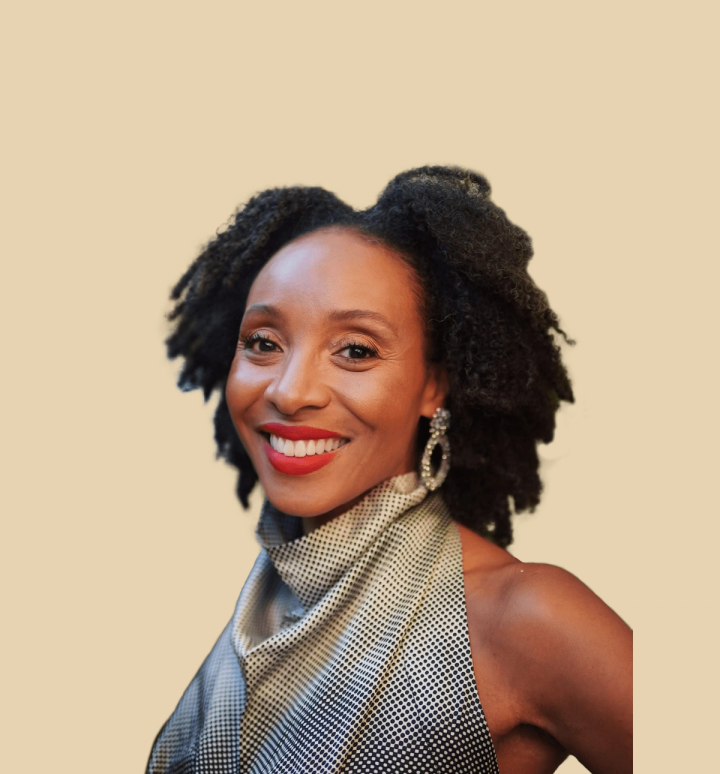
How the WonderRigor framework can reduce burnout
One of the most compelling aspects of WonderRigor is its practicality. It’s not about working more—it’s about working differently.
Here’s how you can apply it to reduce burnout and regain control of your workload:
1. Shift from "more work" to "more meaning"
Most teams are overloaded with tasks that don’t actually contribute to meaningful progress. Instead of doing more, ask:
- What if we focused only on high-impact work?
- How might we eliminate unnecessary tasks and meetings?
According to the Overcommitted Report, one of the biggest frustrations among creatives is endless admin work and meetings that kill productivity. Using this creative framework, leaders can cut the noise and prioritize work that actually matters.
2. Reframe problems with "what if" and "how might we" questions
Creativity starts with asking better questions. Dr. Nixon suggests using "What if?" and "How might we?" statements to reframe challenges and unlock new solutions.
Instead of "How do we avoid burnout?" ask:
- What if work felt energizing instead of draining?
- How might we design a work culture that values deep, focused work?
It’s really hard to wonder when we’re going 80 miles an hour. We’ve got to be able to carve out that time and space to pause.

Tactics to balance Wonder and Rigor:
- Carve out time for creativity: Brainstorm sessions, creative inspiration breaks.
- Redesign meetings: Start with "what if" questions instead of status updates.
- Prioritize deep work: Block focused time, eliminate distractions.
This simple shift can help teams break free from a reactive mindset and design a better way of working.
3. Embrace different problem-solving tools
Dr. Nixon outlined three key lenses from her framework that creatives can use to shift their mindset and solve problems:
- Specialize: Go deep—master a skill, refine your process.
- Hack: Prototype, experiment, try scrappy solutions.
- Provoke: Challenge the status quo, think radically differently.
Specialize: Become your own expert
Specialization is about refining, mastering and optimizing a process or skill. It’s the rigor side of creativity—the disciplined, focused approach to making something exceptional.
Ask yourself:
- What’s one thing we can master that will make our work more effective?
- Are we trying to do too much instead of perfecting what matters?
- Can we bring in an expert to help streamline our process?
Hacking: Progress over perfection
Hacking is about prototyping and experimenting instead of overthinking. If your team is bogged down, find the fastest solution and test it.
Ask yourself:
- What’s the fastest way we can test this idea?
- What are we overcomplicating?
- Can we create a rough version today instead of waiting for perfection?
Provoking: Challenge the status quo
Provoking is about bold, radical thinking. It’s for teams who feel stuck in ineffective routines.
Ask yourself:
- What if we completely rethought how we do this?
- What’s the most unconventional way to solve this problem?
- What industry outside our own has a solution we could adapt to?
When facing an overwhelming workload, ask yourself:
- Are we overcomplicating things? Could we hack a simpler solution?
- Are we stuck in outdated ways of working? What assumptions should we challenge?
By toggling between these approaches, teams can innovate their way out of burnout.
Creativity is a productivity play
Many companies still see creativity as a "nice-to-have." But as Dr. Nixon emphasized, creativity drives productivity, innovation and team well-being.
According to Dr. Nixon:
- 90% of business leaders believe creativity is essential for market competitiveness.
- Yet, 75% of people feel they aren't reaching their creative potential.
This gap between expectation and reality is causing burnout, disengagement and inefficiency.
The solution? Applying the WonderRigor framework to:
- Reduce busywork
- Improve motivation
- Increase meaningful output
If your team is burned out and overcommitted, it’s time to rethink the way you work. Instead of pushing harder, get smarter about balancing wonder and rigor.
After all, creativity isn’t a luxury—it’s the key to thriving in today’s work environment.
Tess is a Senior Content Specialist at Superside, where she crafts compelling content for SMBs and enterprise businesses. With over 10 years of experience, Tess has honed her skills writing for both B2B and B2C audiences, working across agencies and in-house creative teams. Her expertise spans industries, including international relations, tech, hospitality, and the music industry, where she has a knack for blending storytelling with strategic insights. When she’s not busy writing, you’ll likely find her curled up with a good book, binge-watching the latest Netflix obsession or hiking.
You may also like these
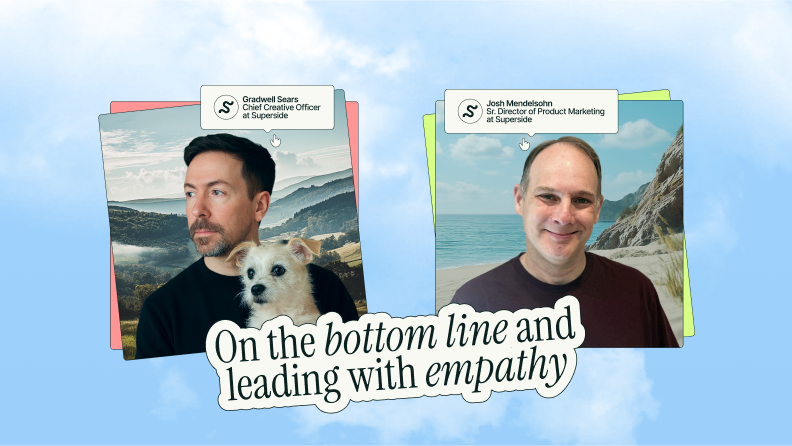
Results with heart: Inside Superside's empathy-fueled path to performance
Creative impact can’t be captured by a single metric or mood.But it is visible in results—and few understand this balance better than Superside's Gradwell Sears, Chief Creative Officer, and Josh Mendelsohn, Senior Director of Product Marketing. In our latest guide, Inside Great Creative Partnerships, Sears and Mendelsohn discussed how creative and marketing leaders must harmonize emotional resonance with measurable business performance to drive real impact.Spoiler: Results matter, but so do the people behind them. From ROI to vibes and empathy to partnerships that thrive, keep reading to see:Why creative is foundational to performance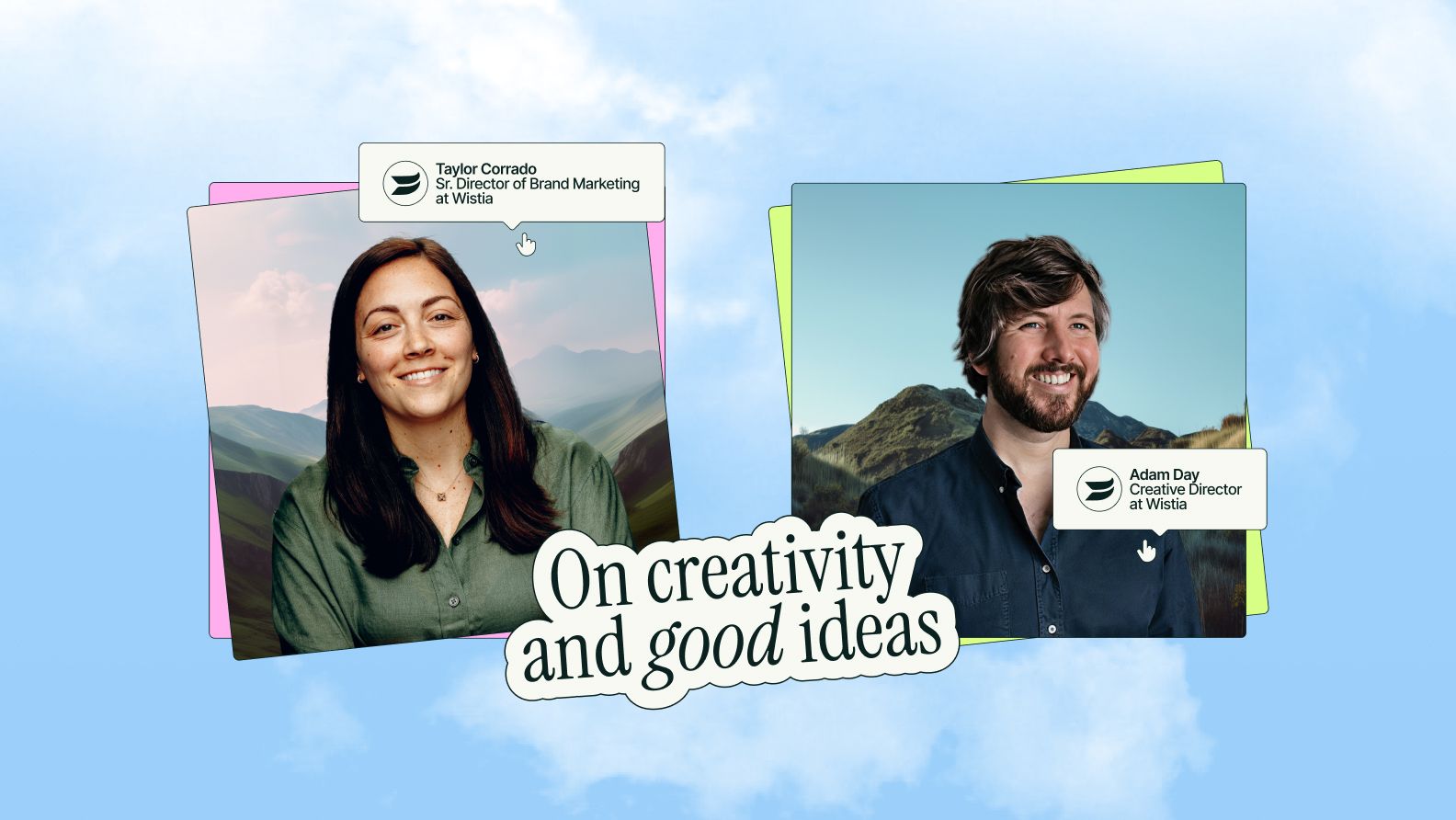
Open doors, unlock ideas: Inside Wistia's creative partnership
An SNL-inspired twist on a classic campaign.An analogue book that’s shipped over 700 copies around the world.A TikTok series narrated by a psychic raccoon.Okay, that last one’s made up. But one thing’s for sure, the creative and marketing teams at Wistia don’t just bring the creativity—they crank it to eleven.That’s why we had to speak with them for Superside’s latest guide, Inside Great Creative Partnerships. Wistia’s Adam Day, Creative Director, and Taylor Corrado, Senior Director of Brand Marketing, were kind enough to oblige and spill their secrets, including:
Get off the conveyor belt: 22 leaders on the secret to great work
“It can’t be an assembly line. You have to bake in collaboration—brainstorms, thought starters—before your jump to production. That’s where the best ideas come from.”Kevin Branscum, Senior Director of Brand Marketing at Typeform, shared this thought when we interviewed him for our latest guide. And he wasn’t the only one. The concept of partnerships—true collaboration between marketers and creatives—came up over and over again as the lynchpin for any successful campaign.That’s why we called the guide, Inside Great Creative Partnerships.It digs into hard-earned, real-life lessons from 22 top creative and marketing leaders shipping great work, together. We’ve already spilled their number one secret. But there are many more big ones, like:The source of great ideas